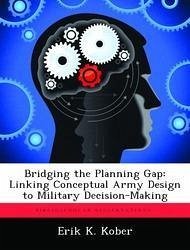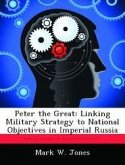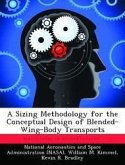After almost a decade of war, some senior Army leaders have attributed the challenges experienced in both Iraq and Afghanistan to an inadequate response to complex environmental changes or even blatant misidentification of the problem. Today's global security environment is claimed to be more complex and uncertain than ever before. As expressed in the Army's November 2009 "A Leader Development Strategy for a 21st Century Army," the Army will require leaders to be "effective in the context of ill-defined problems against an enemy likely to present us with a variety of threats." With the vision of fostering more adaptive and flexible leaders, fundamental changes were made in Field Manual 5-0 The Operations Process March 2010. Ambiguity over the effective linkages between the Army's conceptual design approach to ill-structured problems and military decision-making process exist in these changes. While conceptual planning is vital to successful operations, its benefit is limited if the linkages to the current detailed planning process remain ambiguous. Effectively bridging the planning gap between conceptual planning and MDMP with linkages provides the synergistic and responsive planning necessary to tackle the complex contemporary operating environment. By the metaphor of a bridge, the planning gap can be successfully linked. The designer-builders-who are the commander, planners, and staff-work together to ensure a seamless design and construction. The highway of this bridge is the operations process; the centerline is battle command. The bridge's structure consists of the three arches of design: the environmental frame, the problem frame, and operational approach. The weight-bearing linkages, called trusses, include various products and processes that already exist within the operations process, design, and MDMP. Understanding both sides of the planning gap-conceptual and detailed planning-the designer-builders establish abutments through leadership and interaction.
Hinweis: Dieser Artikel kann nur an eine deutsche Lieferadresse ausgeliefert werden.
Hinweis: Dieser Artikel kann nur an eine deutsche Lieferadresse ausgeliefert werden.








